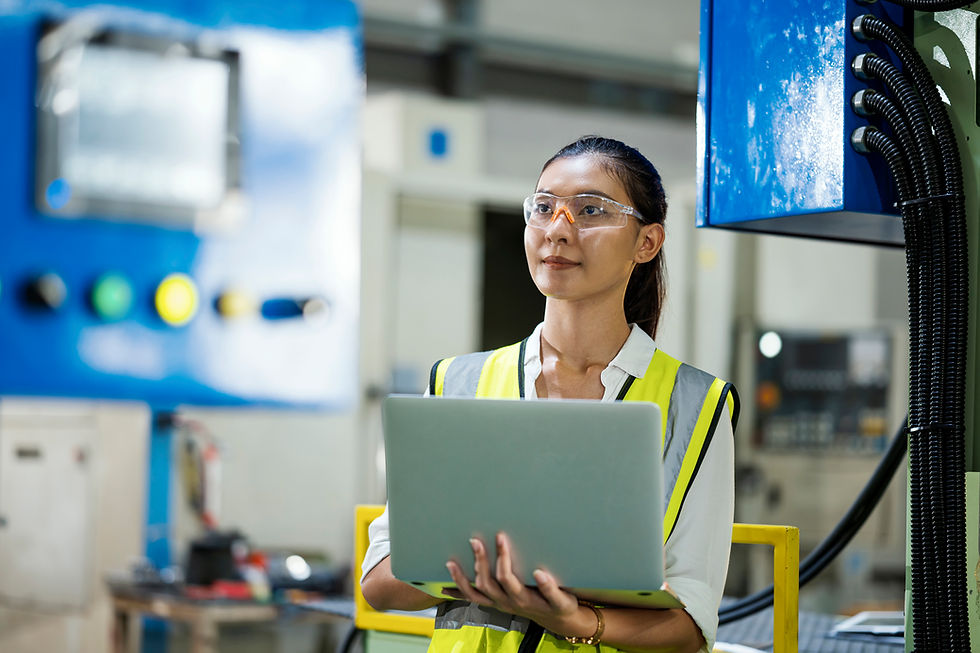Automation of Production Line / Process
- WEPL

- Dec 18, 2023
- 2 min read
Automation of production lines, processes refers to the use of technology and machinery to perform tasks and operations in a manufacturing or industrial setting without direct human intervention. This automation can take various forms, from simple and repetitive tasks to more complex and sophisticated processes. Here's an overview of automation in these different contexts:
Automation of Production Lines:

Definition:
A production line is a series of connected workstations or machines where a product is assembled or manufactured in stages.
Automation:
In this context, automation involves the use of machines, robots, and control systems to perform tasks along the production line. Automation can include tasks such as material handling, assembly, testing, and packaging.
Benefits:
Increased efficiency, reduced labor costs, improved precision and consistency, higher production rates, and the ability to operate 24/7.
Automation of Processes:

Definition:
Processes refer to a series of actions or steps that are carried out to achieve a particular result or goal.
Automation:
Automation of processes involves the use of technology to control and execute tasks in a systematic and efficient manner. This can include the automation of data entry, data processing, communication, and decision-making processes.
Benefits:
Faster and more accurate task execution, reduced errors, improved workflow efficiency, and the ability to handle repetitive tasks.
Key Technologies in Automation:
Robotics: The use of robots for various tasks, including assembly, material handling, and inspection.
Control Systems: Automation relies on control systems to regulate and monitor processes, ensuring they operate efficiently and according to predefined parameters.
Sensors: Sensors provide real-time data on various aspects of the production or process, enabling automation systems to make informed decisions.
Machine Vision: Cameras and image processing systems are used for tasks such as quality control, defect detection, and visual inspection.
PLC (Programmable Logic Controller): PLCs are specialized computers used to control machines and processes in industrial settings.
Challenges and Considerations:
Initial Investment: Implementing automation often requires a significant upfront investment in technology and infrastructure.
Workforce Training: Employees may need training to operate and maintain automated systems.
Integration: Ensuring seamless integration of different automated components and systems is crucial for success.
Flexibility: Designing automation systems that can adapt to changes in production requirements or processes.
Overall, the automation of production lines, processes, and clusters aims to improve efficiency, reduce costs, and enhance the overall competitiveness and sustainability of industrial operations.
Wiziontek is a Wilson Equipments Private Limited solution offering incorporating AI, machine-vision technology (industrial camera systems) to fully or semi-automate your processes in your manufacturing operation.
Contact us at info@wilsongroup.co.in with your enquires





Comments